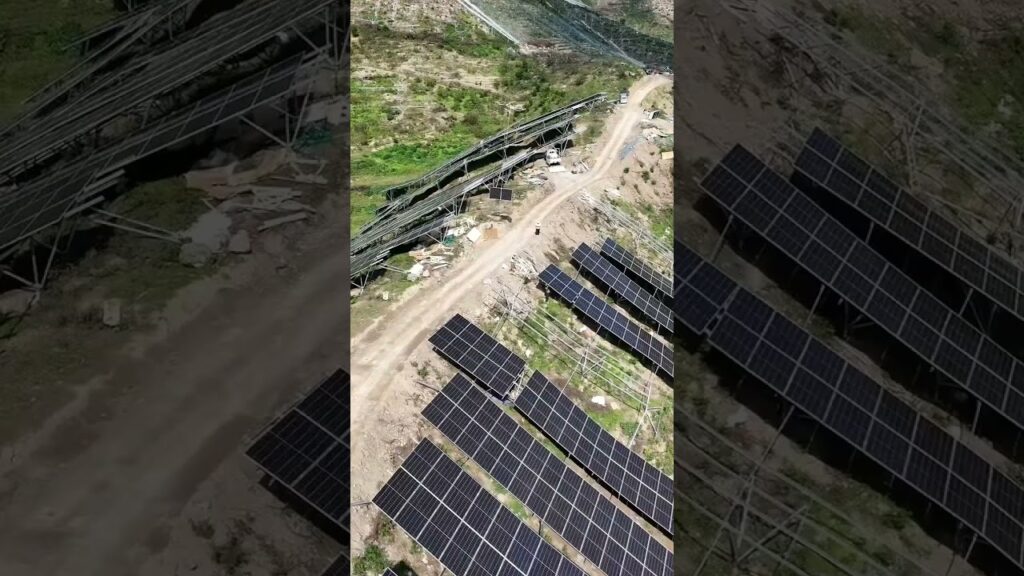Taking Flight with Cargo: Is Drone Material Transport a Go or a No-Go? 🚀☢️
Hey fellow drone enthusiasts! Your friendly neighborhood drone salesman and magazine contributor here, ready to dive into a hot topic that’s buzzing through the industry: drone delivery of materials. We’ve all seen the flashy demos and the promises of a future where packages zip through the air, but what about the heavier stuff? Think construction materials, vital supplies to remote locations, even… well, let’s just say sensitive materials. Is this the next big leap for our beloved drones, or are we venturing into uncharted, potentially risky, airspace? Recent chatter online, especially on YouTube, has thrown this question into sharp relief. Let’s unpack some key insights from the digital drone-o-sphere and see what the buzz is all about when it comes to "Drone Material Transport."
Key Takeaways from the YouTube Frontlines
Here’s the gist of what the YouTube drone community is buzzing about regarding the practicalities and potential pitfalls of drone material transport:
- The Spectre of the Lost Load (and Radioactive Scares): Videos like "Radioactive Material Lost in Transit, Drones Linked?" and "NJ mayor claims mystery drones could be looking for radioactive material" highlight a very real concern: the potential for accidents and the public perception of risk when drones carry hazardous materials. Imagine the headlines if a drone carrying something sensitive went off course! This sparks important conversations about regulations, security protocols, and the technology needed for safe transport. Nobody wants a radioactive scare, folks, and that impacts public trust in drone tech.
- Grid Search or Just Bad Timing?: The New Jersey drone sightings, as reported in the "NJ mayor claims mystery drones could be looking for radioactive material" video, raise questions about the intentions and capabilities of various drone operations. While the video description mentions official downplaying of the threat, it fuels speculation and underscores the need for transparency and clear communication surrounding drone activity, especially in sensitive areas. It’s crucial that legitimate drone operations don’t get caught in the crossfire of unfounded fears.
- Mountain Moving, Drone Style! (The Upside): On the flip side, videos like "Use A Drone To Transport Building Materials To The Mountain !" and "Drones have replaced workers in transporting goods to the mountains" showcase the incredible potential of drones in overcoming logistical challenges. Think about construction in remote areas, disaster relief efforts, or even just getting supplies to a tricky backyard project. The visuals of drones efficiently slinging payloads are compelling and demonstrate a clear value proposition. For businesses and individuals facing tough terrain, drones offer a game-changing solution.
- Weight and Cost Considerations: The description of "Use A Drone To Transport Building Materials To The Mountain !" touches on the practicalities of cost calculation based on weight. This is a crucial factor for adoption. Businesses need to see a clear economic benefit. The video also hints at the limitations – payload capacity and the impact of weather – which are important realities to consider. We need drones powerful enough for the job, but also economically viable.
- Global Adoption is Happening: Videos like "Chinese drones transporting construction materials #china #shorts #drone" offer a glimpse into how other countries are embracing drone material transport. Seeing these applications in action provides valuable real-world examples and sparks ideas for potential uses here at home. It’s not just a futuristic fantasy; it’s happening now, and we can learn from global trends.
Navigating the Turbulent Airspace: Risk vs. Reward in Drone Material Transport
The YouTube videos paint a fascinating, if somewhat contrasting, picture. On one hand, the "Radioactive Material Lost in Transit" scenario (even if just a headline at this point) is the kind of nightmare scenario that can set the entire industry back. It underscores the critical need for robust safety measures, secure flight paths, and potentially even specialized drones designed for hazardous cargo. Imagine the sensory details – the whirring of the drone blades against a backdrop of official concern, the visual of a hazmat team responding to a downed aircraft. Not exactly the marketing campaign we’re aiming for!
However, the videos showcasing drones ferrying construction materials up mountains offer a compelling counter-narrative. Picture this: the crisp mountain air, the drone’s engines humming steadily as it efficiently lifts heavy bricks, a task that would take human workers hours of grueling effort. The economic and logistical advantages are undeniable. For businesses operating in challenging environments, drones offer a lifeline, a way to streamline operations and reduce costs.
The key here isn’t to shy away from the risks, but to address them head-on. This is where innovation comes in. We need to be thinking about:
- Enhanced Drone Reliability: More robust airframes, redundant systems, and advanced navigation to minimize the chance of failure.
- Secure Cargo Containment: Developing specialized containers that can withstand impacts and prevent leaks or spills, especially for sensitive materials.
- Sophisticated Tracking and Monitoring: Real-time tracking and remote monitoring systems to ensure the location and status of cargo are always known.
- Clear Regulatory Frameworks: Governments need to establish clear guidelines and regulations for drone material transport, ensuring safety and addressing public concerns.
So, is Drone Material Transport a Risky New Frontier? The Jury’s Still Out, But the Potential is Huge.
The reality, as always, is complex. The YouTube videos highlight both the potential pitfalls and the undeniable advantages of using drones for material transport. The concerns around safety and security, particularly when dealing with hazardous materials, are valid and need serious attention. However, the efficiency and logistical benefits demonstrated in other videos are too significant to ignore.
Ultimately, the success of "Drone Material Transport" hinges on our ability to mitigate the risks and build public trust. As drone enthusiasts and potential customers, it’s crucial to stay informed, ask questions, and support the development of safe and responsible drone technology. Ready to see some of these concepts in action? Scroll down to watch the video highlights and join the conversation!






